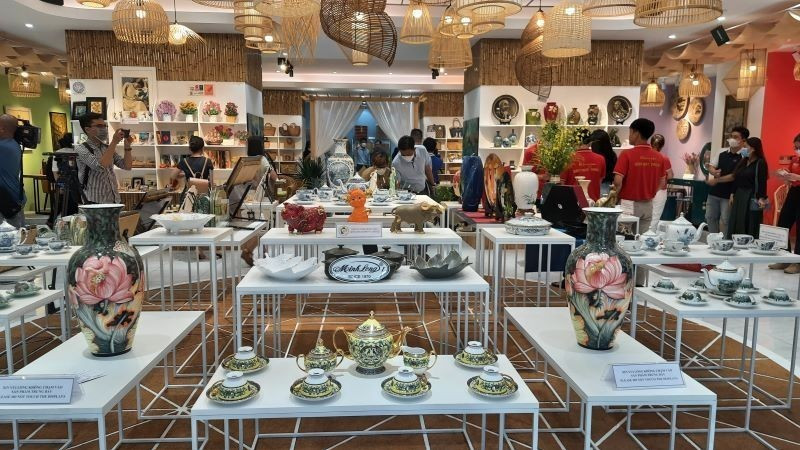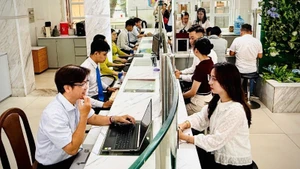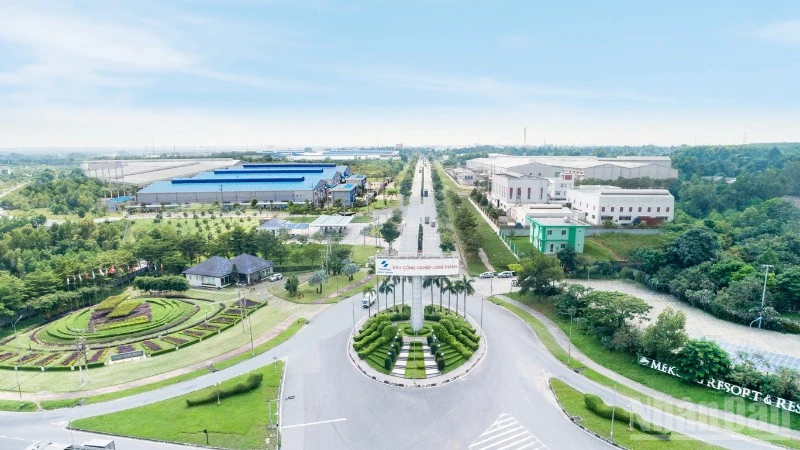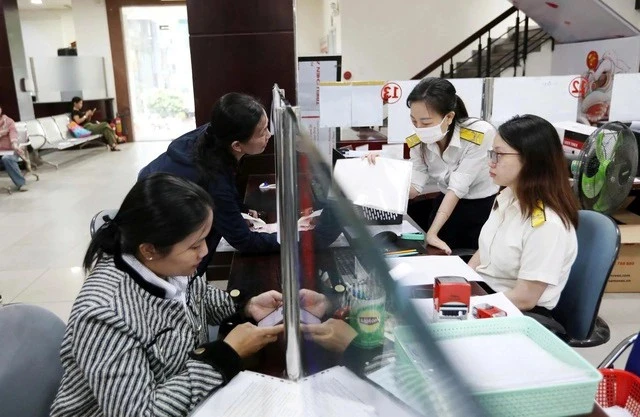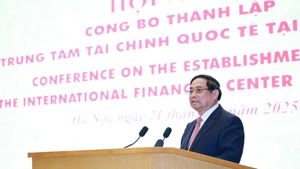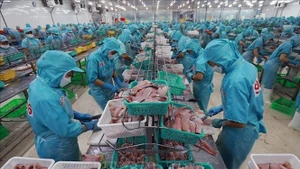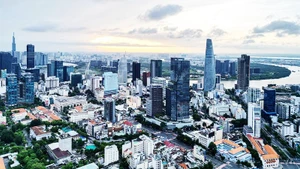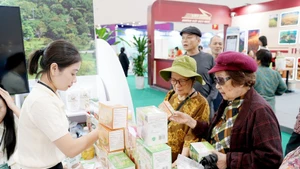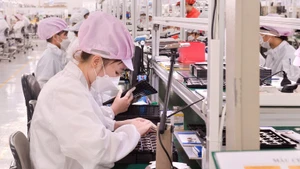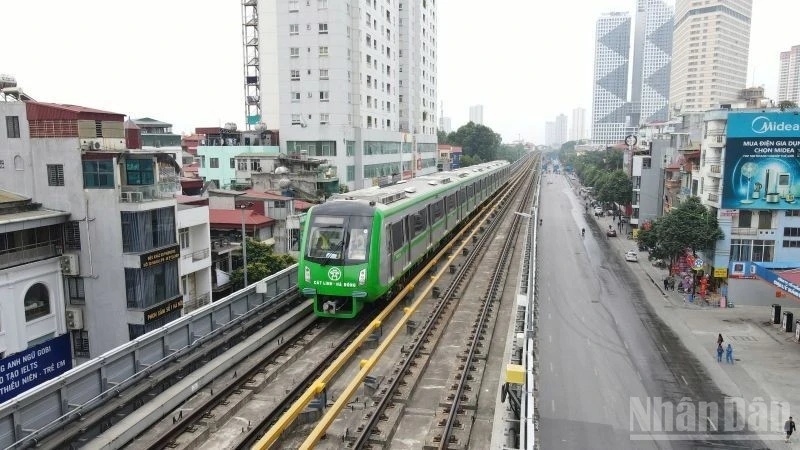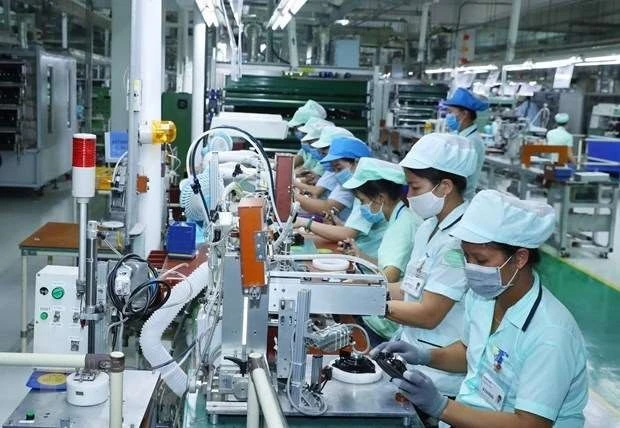In recent years, Viet Nam has signed and implemented a series of major bilateral and multilateral FTAs, such as the Comprehensive and Progressive Agreement for Trans-Pacific Partnership (CPTPP), the EU–Viet Nam Free Trade Agreement (EVFTA), the UK–Viet Nam Free Trade Agreement (UKVFTA), and the Regional Comprehensive Economic Partnership (RCEP).
These agreements have opened up vast opportunities for enterprises to expand export markets, benefit from tariff preferences, attract investment, and enhance the global standing of Vietnamese goods — particularly those from Ho Chi Minh City.
These agreements have opened up vast opportunities for enterprises to expand export markets, benefit from tariff preferences, attract investment, and enhance the global standing of Vietnamese goods — particularly those from Ho Chi Minh City.
However, experts note that these opportunities come with considerable challenges, including increasingly stringent requirements on rules of origin, product quality standards, social responsibility, and sustainable development — alongside fierce competition from foreign firms right in the domestic market. This calls for businesses in Ho Chi Minh City to renew their strategies, improve governance capacity, and proactively integrate to make full use of FTA advantages.
According to Ho Thi Quyen, Deputy Director of the Ho Chi Minh City Investment and Trade Promotion Centre (ITPC), as the nation’s leading hub for economy, trade and international integration, the city identifies helping the business community capitalise effectively on FTAs as one of its key priorities.
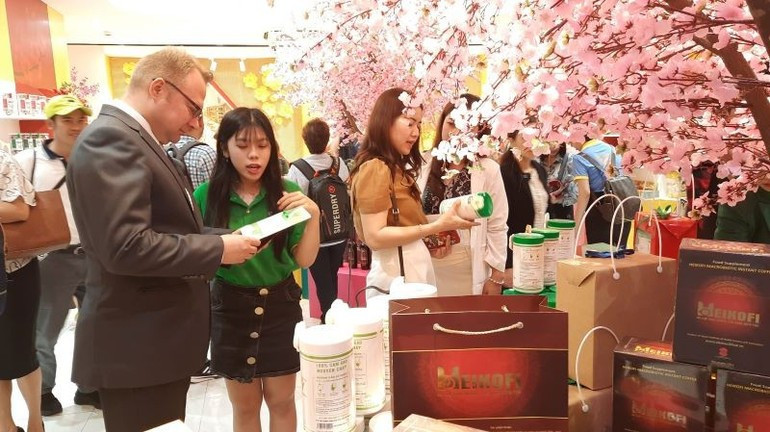
The ITPC is committed to continuing its close support for enterprises through workshops, training sessions, trade connection events, and market information updates — enabling businesses to confidently integrate, strengthen competitiveness and achieve sustainable growth.
Bui Hoang Yen, Representative of the Southern Office of the Viet Nam Trade Promotion Agency (Ministry of Industry and Trade), said Viet Nam’s integration process has become increasingly impressive, with participation in multiple FTAs granting access to major markets such as CPTPP and the EU.
As of now, Viet Nam has signed 18 FTAs, of which 17 are in effect, opening access to markets in over 60 countries and territories, accounting for nearly 90% of global GDP.
In 2024, with its highly open economy, Viet Nam’s total trade turnover reached 786.29 billion USD, with exports recording double-digit growth of 14.3% compared to 2023, resulting in a 24.8 billion USD trade surplus.
This growth has been driven largely by the foreign direct investment (FDI) sector, which contributes 71.8% of the country’s total exports, particularly in high-tech industries such as computers, electronic products, machinery and mobile phones.
According to the Ministry of Industry and Trade, between 2023 and 2024, export revenue for goods benefiting from FTA tariff preferences grew at an average annual rate of 12.7%. Strategic FTAs have also made Viet Nam an attractive destination for global manufacturing supply chains.
Despite the broad FTA coverage, Vietnamese enterprises’ tariff preference utilisation rate remains modest — at only 30–40% on average.
Bui Hoang Yen, Representative of the Southern Office of the Viet Nam Trade Promotion Agency
Bui Hoang Yen said that despite the broad FTA coverage, Vietnamese enterprises’ tariff preference utilisation rate remains modest — at only 30–40% on average.
She emphasised that key barriers include dependence on major markets such as the US and China; low localisation rates, resulting in heavy reliance on imported raw materials; risks of supply chain disruptions; and growing international compliance pressures on environmental, labour, intellectual property and trade standards.
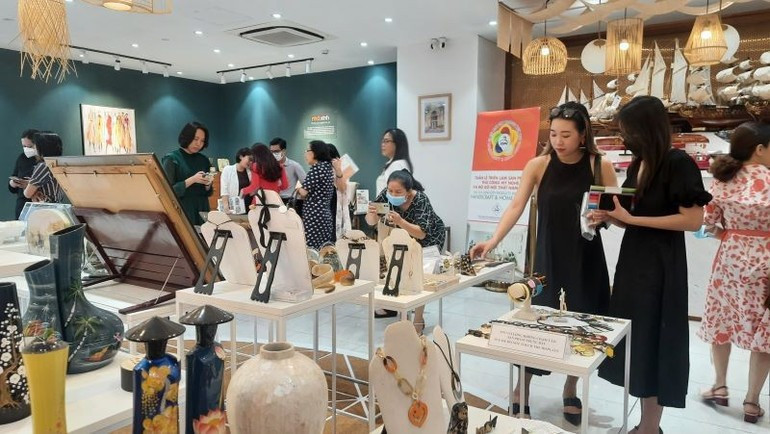
To overcome these challenges, experts recommend that businesses in Ho Chi Minh City — and across Viet Nam — proactively invest in improving environmental and labour standards to comply with international requirements. Developing supporting industries and enhancing domestic supply chain linkages are also essential to meet rules of origin and strengthen competitiveness.
To overcome these challenges, experts recommend that businesses in Ho Chi Minh City — and across Viet Nam — proactively invest in improving environmental and labour standards to comply with international requirements. Developing supporting industries and enhancing domestic supply chain linkages are also essential to meet rules of origin and strengthen competitiveness.
Closer collaboration between small and medium-sized enterprises (SMEs) and the FDI sector is encouraged to create synergistic strength within global supply chains. Meanwhile, financial and credit support policies from the State are crucial to enable enterprises — especially SMEs — to meet FTA requirements effectively.
Implementing these solutions synchronously will provide momentum for domestic enterprises to transform, seize advantages in the international integration process, and turn challenges into opportunities for growth.
According to Dinh Thi Huong Giang, Consulting Director at Grant Thornton Viet Nam, FTAs offer great opportunities for Vietnamese businesses, including those in Ho Chi Minh City, but also impose higher demands for sustainable development.
International corporations seeking new suppliers increasingly focus on aspects such as legal and financial transparency, compliance with international regulations, ESG commitments, risk management capacity, and continuous innovation.
